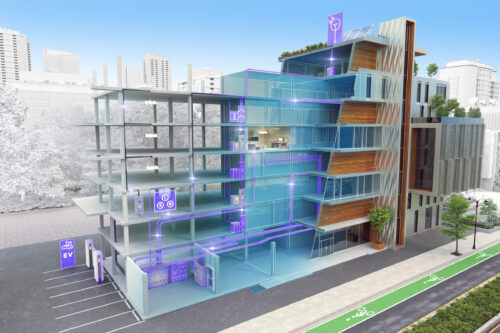Case study: Calculating motor OCPD
Learn how to determine the combined overcurrent protection device for a motor
Figure 2 shows an equipment nameplate for a motor.
The motor is 15 horsepower; the nameplate has “HP” listed with a 15 next to it.
The motor nameplate shows “SER.F.” with at 1.15 value. This is the service factor.
The nameplate lists “AMPS” at 35.4 amps at 230 volts and 17.7 amps at 460 volts. This normally corresponds to the full-load amps, but since the nameplate does not state “full-load amps,” the manufacturer of the motor should be contacted to verify this value.
This is a three-phase motor as stated on the nameplate, which lists “PH” with a 3 next to it.
NEC Table 430.250 lists for full-load current, three-phase alternating current motors, at 230 volts, full-load amps is 42 amps for a 15 horsepower motor. At 460 volts, full-load amps is 21 amps.
NEC Table 430.250 lists a higher value for full-load amps than what is listed on the nameplate. Use the nameplate value.
We will use 460 volts for this case study. The full-load amps is 17.7 amps from the nameplate.
17.7 amps x 1.25 = 22.125 amps. NFPA 70: National Electrical Code Article 430.32 states for motors with a service factor of 1.15, the overload device can be sized at no more than 125% of the motor nameplate current rating.
NEC 240.6(A) lists standard fuse and circuit breaker sizes. Because there are no standard sizes between 20- and 25-amp ratings, a 20-amp fuse or circuit breaker is the correct size for the single overcurrent protection device.
NEC 240.32(C) allows the overload device to have a higher size sensing elements or incremental setting or sizing if the overload device selected in 430.32(A)(1) and 430.32(B)(1) is not sufficient to start the motor or carry the load. There are some limitations. The trip current of the overload device shall not exceed the following percentage of motor nameplate full-load current rating:
- Motors with marked service factor 1.15 or greater: 140%
- Motors with a marked temperature rise of 40°C or less: 130%
- All other motors: 130%.
The NEC allows the overload device to have sufficient time delay to permit the motor to start and accelerate its load.
Do you have experience and expertise with the topics mentioned in this content? You should consider contributing to our CFE Media editorial team and getting the recognition you and your company deserve. Click here to start this process.






